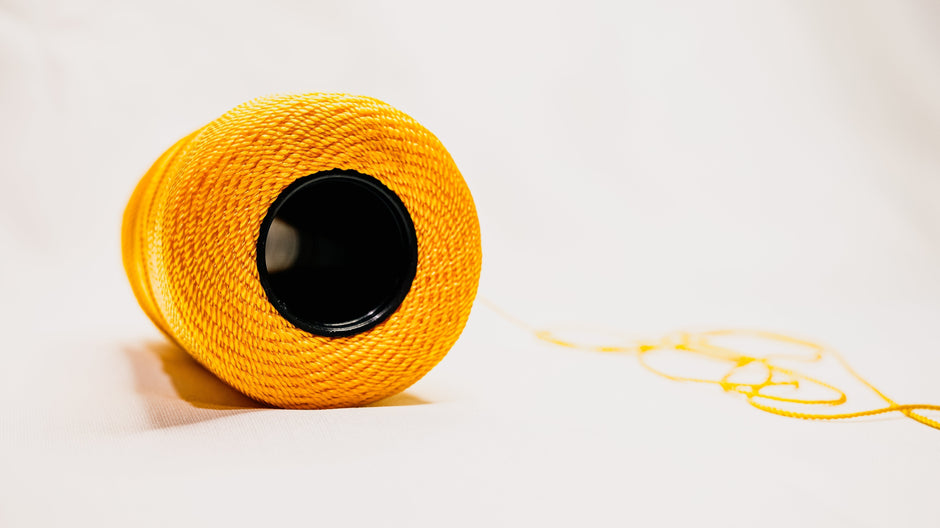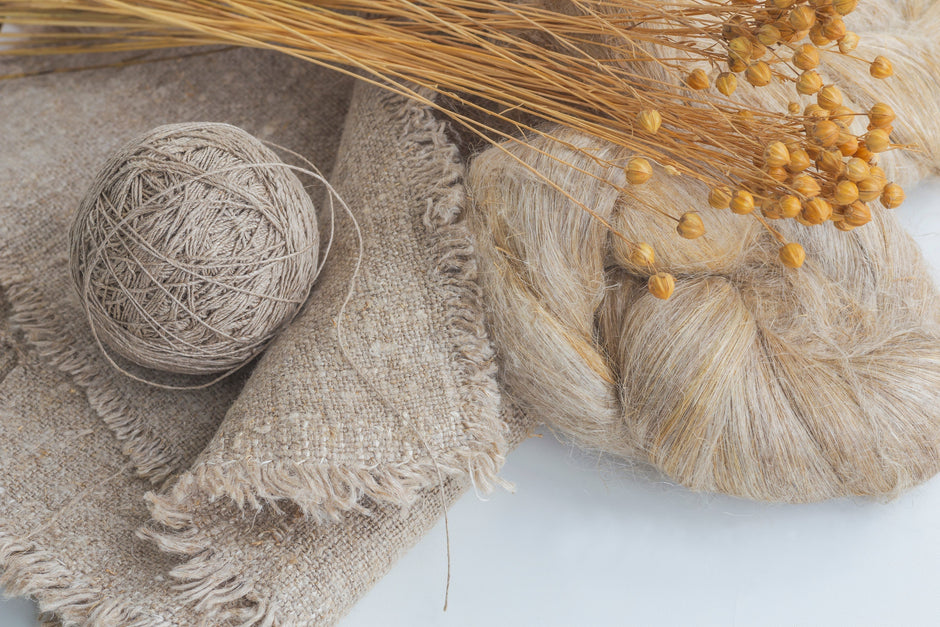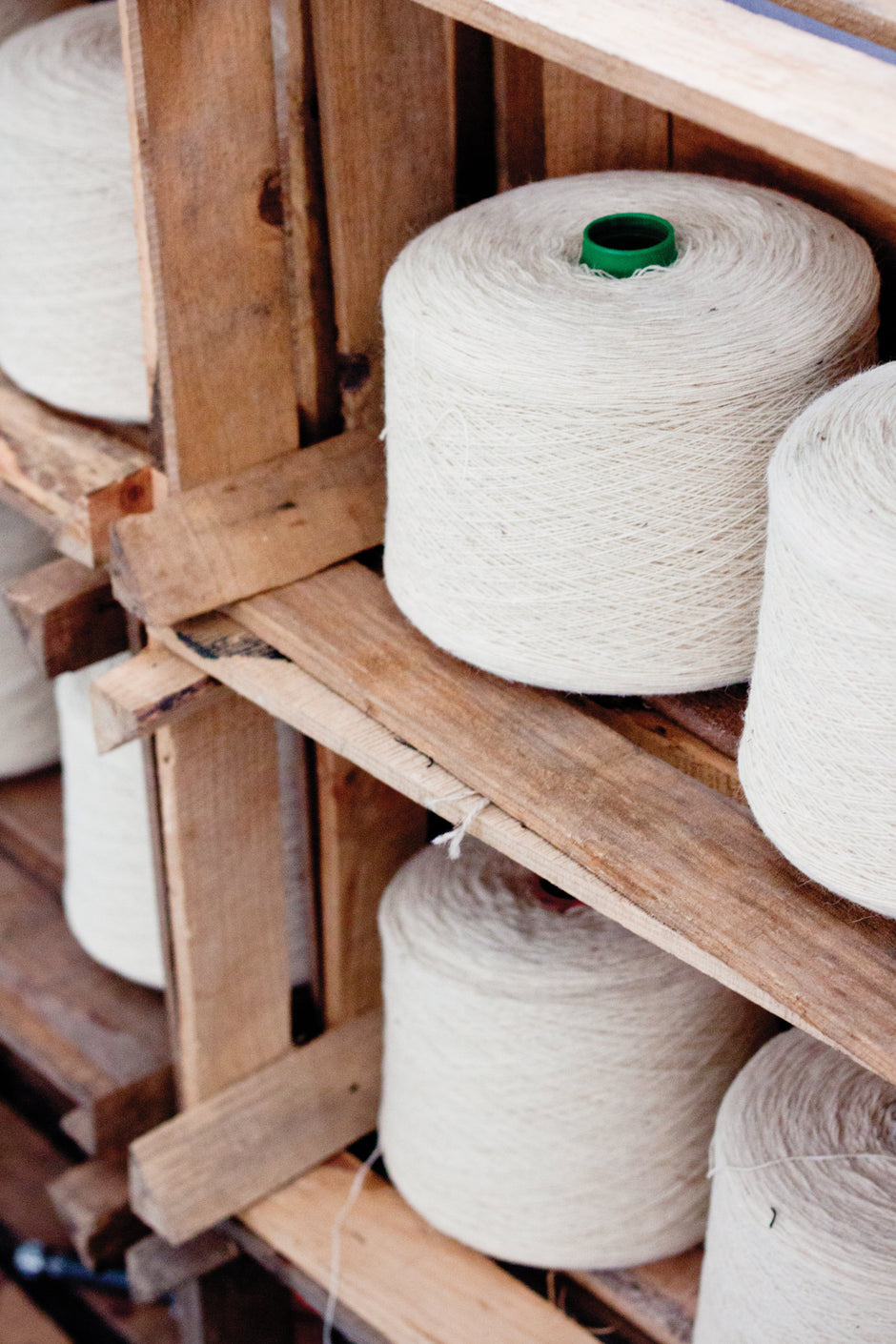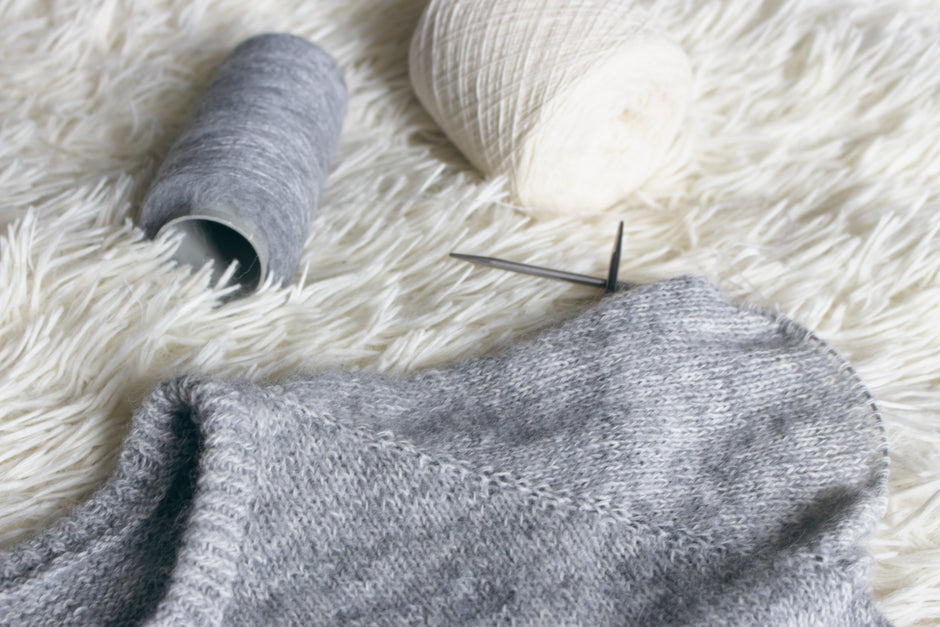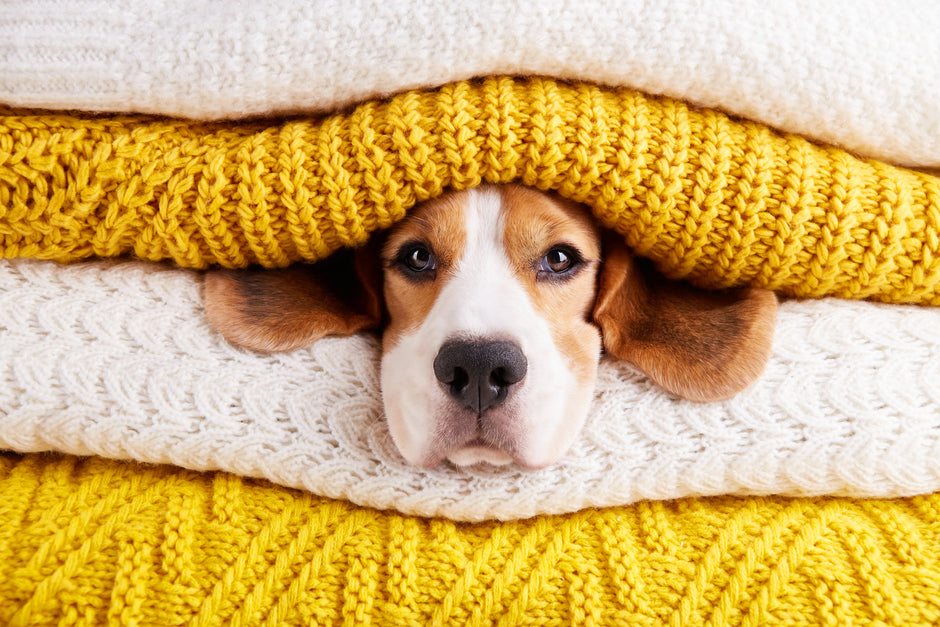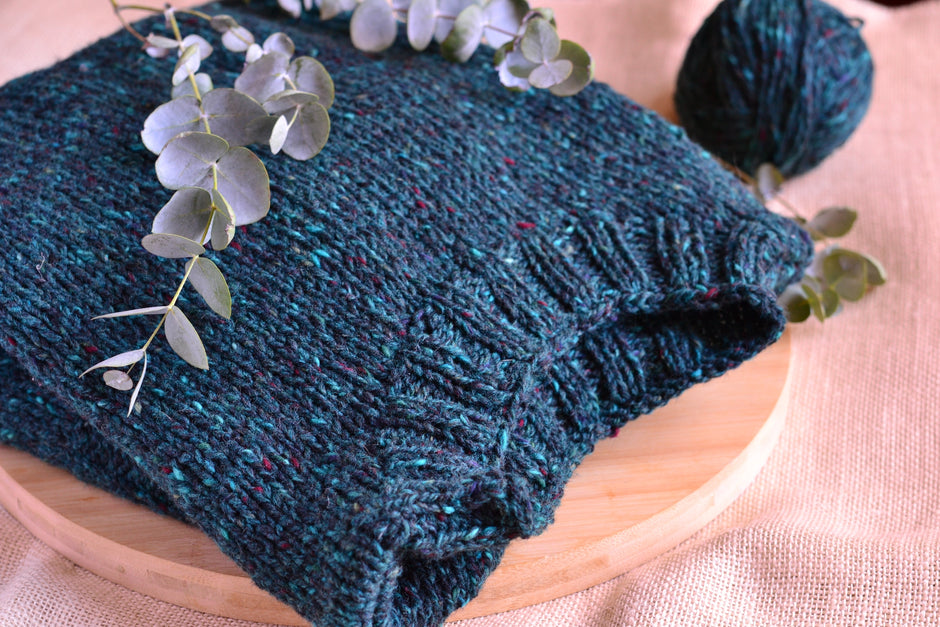How to choose bobbin yarn for beginners

Bobbin yarn often raises many questions for beginners. Some may worry that it’s too thin and difficult to work with, but that’s not the case! The key is knowing where to start and how to choose the right material. Let’s go over the basics of selecting bobbin yarn if you’re just beginning to knit or crochet.
Don’t be afraid of thin yarn
Many beginners assume that bobbin yarn is always as thin as sewing thread. This is a common misconception. In reality, bobbin yarn comes in a variety of thicknesses—from very fine to quite dense. For example, some of the thickest bobbin yarns can have a yardage of 40 meters per 100 grams. Such yarn is perfect for making home decor items like pillows or baskets.
How to choose the right yarn
If you're new to working with bobbin yarn, it's best to avoid materials that are too thin or complex. Start with medium-thickness yarn, such as 2-3 strands held together. This makes it easier to adjust and prevents the difficulties that can arise with extremely fine threads.
Begin with simple fiber blends, like merino with cashmere or yarn with acrylic content. These are easier to work with and produce a nice fabric texture.
What to avoid
If you're just starting, it's best to avoid viscose or silk as a primary material.
-
Viscose tends to stretch out, which can be tricky for beginners to manage, as it may cause your project to lose its shape.
-
Silk is a more challenging material that requires experience to handle properly.
To make your learning process smoother, it’s best to choose forgiving and easy-to-work-with yarns before experimenting with more delicate fibers.
Best projects to start with
For beginners, it’s a good idea to start with projects that don’t require a tight fabric structure or extreme precision. Simple items like hats and raglan sweaters are great choices.
A top-down raglan sweater is an especially good option because it allows you to try on the garment as you knit, adjusting the fit and fabric density along the way. Unlike other sweater constructions, a raglan design makes it easy to modify the shape as needed.
How to calculate the amount of yarn you need
Estimating the correct amount of yarn for your project is another essential part of working with bobbin yarn. Since bobbin yarn is often sold as surplus stock, it’s important to determine in advance how much you’ll need to avoid running out before finishing your project.
When using bobbin yarn, it's better to buy a little extra than to run short. This ensures you have enough in case you need to adjust your pattern or make corrections.
Conclusion
Working with bobbin yarn is an exciting process, but choosing the right materials is crucial. Beginners should start with yarn that isn’t too thin or difficult to handle and focus on simple projects like hats or raglan sweaters.
Additionally, planning how much yarn you need ahead of time will help prevent unexpected shortages during your project. With the right approach, bobbin yarn can become an enjoyable and rewarding material to work with!
Go to shop



